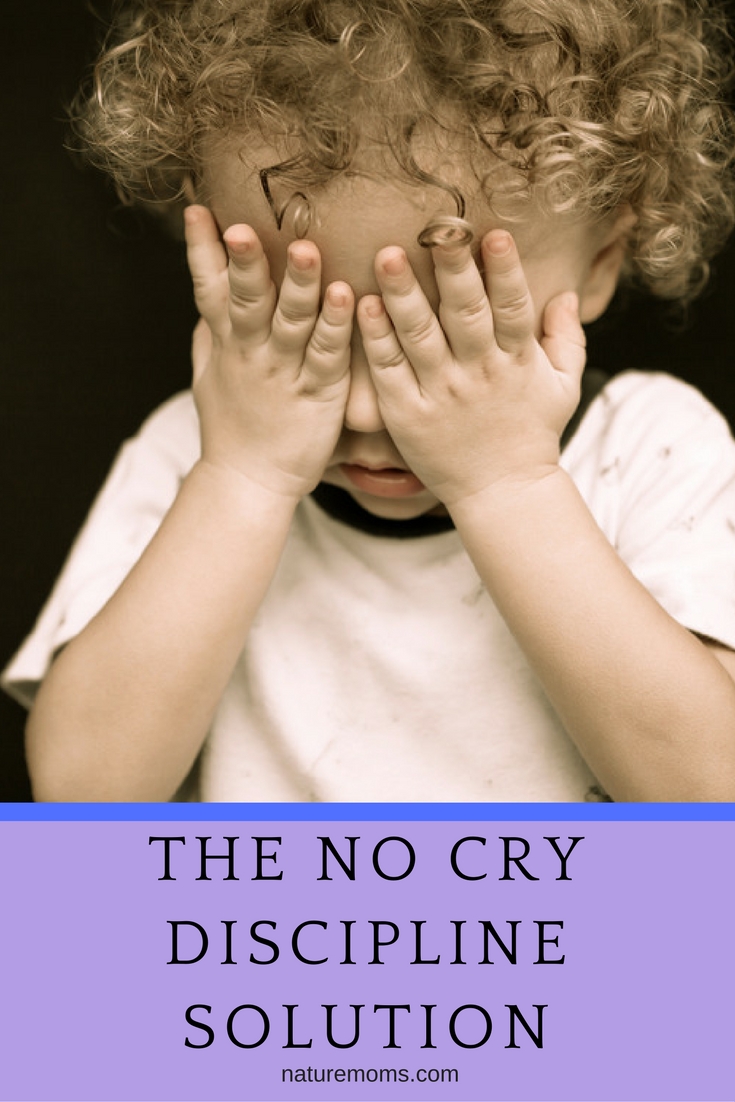 When parents hear the word discipline they often think about coercion and punishment used on children to help bring about desired behaviors. They think about time-outs, spankings, and grounding their children. They think about the struggle and unhappiness that results for them and for their children when their “discipline” is just not working out like they expected or hoped. It is a complicated and frustrating subject for many parents and hundreds of books have been written on it.
When parents hear the word discipline they often think about coercion and punishment used on children to help bring about desired behaviors. They think about time-outs, spankings, and grounding their children. They think about the struggle and unhappiness that results for them and for their children when their “discipline” is just not working out like they expected or hoped. It is a complicated and frustrating subject for many parents and hundreds of books have been written on it.
But discipline is essentially a teaching method. It is the way in which we guide our children into adulthood, teaching them how to successfully function by following our words, actions, and example. When you look at discipline in this way then it only sounds plausible that this need not be an unpleasant and tearful experience for children or for parents.
This is why I think The No-Cry Discipline Solution – Gentle Ways to Encoqurage Good Behavior without Whining, Tantrums, and Tears by Elizabeth Pantley is such a valuable book. It turns discipline into a positive, affirming experience with proven techniques that help you address discipline in a way that fits your child’s unique personality. Unlike many parenting books that leave parents feeling confused and inadequate, this book leaves you with a sense that you CAN reach your child and discipline lovingly, creating a peaceful home environment for everyone.
If our job as a parent is to teach our children then we must ensure that these teachings are being cultivated and received by our children. A quote within the first chapter is very fitting “Education is the kindling of a flame, not the filling of a vessel” -Socrates
So teaching is “our” part of the discipline equation and the learning part falls to our children. But as Pantley points out you need to “help your children be receptive to the lessons you are teaching by avoiding the tears and anger that serves as barriers.” And as parents we need to be able to adapt our discipline style because our children are always reaching new milestones within their lives and what worked when they were two will not necessarily work when they are four.
Pantley takes us on an important journey to help us find ease and comfort as parents and she first dispels many parenting and discipline myths that often leave parents confused and feeling inadequate. By learning about these myths and acknowledging that they exist in your life you can then move forward and learn effective NEW ways to raise your children. This section of the book was a huge eye opener that had me analyzing my own parenting style and those that influenced me growing up. When you read the thoughtful and logical rationale for calling them myths you begin to wonder why you didn’t see this before. One myth in particular was so important to me that I must have read it re-read it five or six times. This is one priceless book.
I loved the chart that showed steps you can take to influence desired behaviors in your teenage kids while they are still young. I also loved the ideas and thoughts on remaining patient when faced with misbehavior. This was especially helpful when my son came to me (while I was immersed in the book) and informed me that he had used a tire gauge to let the air out of one of my car tires. :) Kids are human, they make mistakes and they misbehave. This no reflection on us as parents but we can use these occasions to teach and can we do that if we create a situation of anger and tears simply because we are frustrated? No. I remained calm as my son took me outside to show me his handy work and we had a nice discussion about his actions and why they were inappropriate and of course the natural consequence that we would not be able to go to the park with a flat tire was helpful. It was a good moment for us and I was proud of BOTH of us. I used the occasion to teach and my son responded to my lead, really listened, and learned. We interacted with each other and only then was the discipline effective. I can see how easily that the true intent of discipline can be lost when we approach it with yelling and explosive anger.
I also appreciated the many pages dedicated to helping to decipher the real problems or issues behind the behaviors that are so common. I have always believed that the best way to set my children up for good behavior is to remove as many obstacles to that as I can….and understanding the real issue is the best way to determine if their behavior is warranted and to find ways to avoid those scenarios in the future. The helpful ideas for reducing anger producing situations were good too.
I think this book is a good read for all parents and especially those that are sometimes frustrated with how they see themselves interacting with their children. Parenting skills and discipline skills can always be improved upon and this book is a great place to start and maybe by following Pantley’s advice more parents can find ways to discipline without tears, with less frustration, and with more peace among all members of the family. Thank you Elizabeth for giving me the opportunity to read this book!



